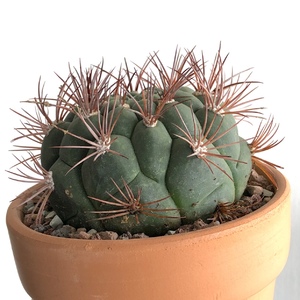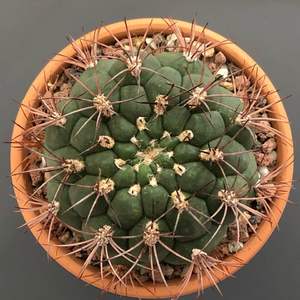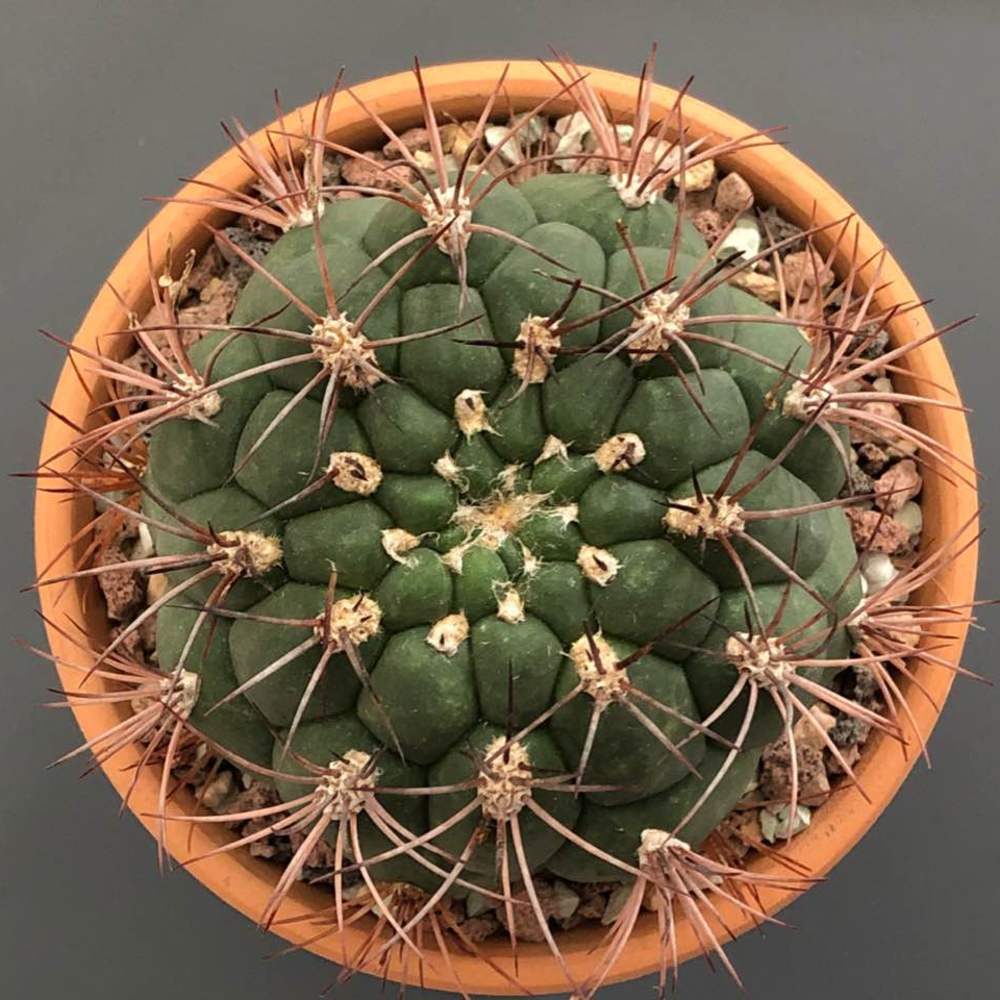植物经验
详细说明
The genus Matucana belongs to the family of Cactaceae and is a native of Peru, particularly of the Andean city of Matucana, from which it takes its name. The genus includes about 20 species currently spread throughout South America. The plants grow in the highlands of the Andes at above 2500 m of altitude. Sturdy, robust, the Matucana are quite popular among collectors for its ease of cultivation.
Matucana is characterized by bright green plants, sized small and medium, both globular and cylindrical, with numerous ribs segmented into dense spines and tubercles. The bloom is apical and flowers, usually appearing in late spring or summer, are elongated and tubular. They hatch at night and lasts from 2 to 4 days, offering a wide variety of colors, from white to red, yellow and bright orange.
Growing Conditions and General Care
All species are sensitive to moisture. Watering should therefore be limited to the growing season and should be made only when the substrate is completely dry. It must be suspended during the winter. Since they tend to lose their roots in cold and wet, these plants must be kept warm even in winter. A temperature not under 50°F (10°C) is suitable. Some species, for natural adaptation, can resist at temperatures below 32°F (0°C).
Matucana must be grown in a very porous and draining soil. It can be composed largely by sand, lapilli and gravel. To encourage the development of a dense network of spine, the quality of the nutrients in the substrate is very important. The soil must be rich in potassium, poor in nitrogen. Since the roots are very delicate and subject to rot, the soil should be kept as dry as possible: do not forget that in their natural environment these plants grow in steep and inaccessible places.
Matucana like dry, fresh and light air. A direct exposure to sunlight is appropriated, but too high temperatures (above 90°F/32°C), very different from those of their original environment, may damage them. In these cases it is best to filter the sun’s rays or prefer a bright area anyway, but at least partially shaded.
Matucana is characterized by bright green plants, sized small and medium, both globular and cylindrical, with numerous ribs segmented into dense spines and tubercles. The bloom is apical and flowers, usually appearing in late spring or summer, are elongated and tubular. They hatch at night and lasts from 2 to 4 days, offering a wide variety of colors, from white to red, yellow and bright orange.
Growing Conditions and General Care
All species are sensitive to moisture. Watering should therefore be limited to the growing season and should be made only when the substrate is completely dry. It must be suspended during the winter. Since they tend to lose their roots in cold and wet, these plants must be kept warm even in winter. A temperature not under 50°F (10°C) is suitable. Some species, for natural adaptation, can resist at temperatures below 32°F (0°C).
Matucana must be grown in a very porous and draining soil. It can be composed largely by sand, lapilli and gravel. To encourage the development of a dense network of spine, the quality of the nutrients in the substrate is very important. The soil must be rich in potassium, poor in nitrogen. Since the roots are very delicate and subject to rot, the soil should be kept as dry as possible: do not forget that in their natural environment these plants grow in steep and inaccessible places.
Matucana like dry, fresh and light air. A direct exposure to sunlight is appropriated, but too high temperatures (above 90°F/32°C), very different from those of their original environment, may damage them. In these cases it is best to filter the sun’s rays or prefer a bright area anyway, but at least partially shaded.
花相册 (2)


kensong
2018年10月04日

This is my first growing diary. C&O RM45.00









